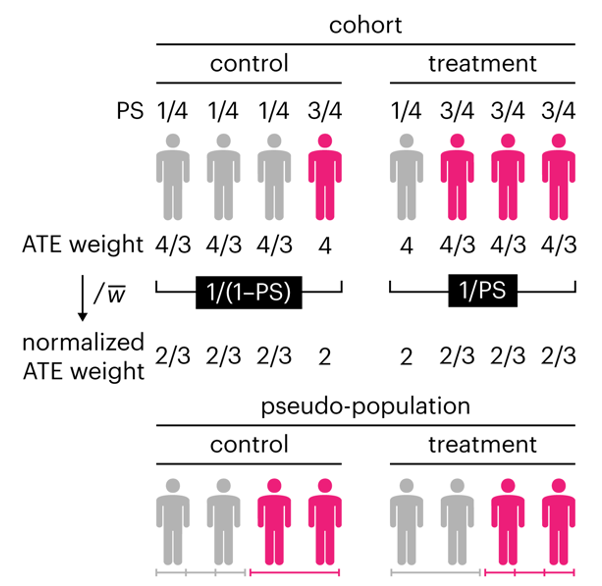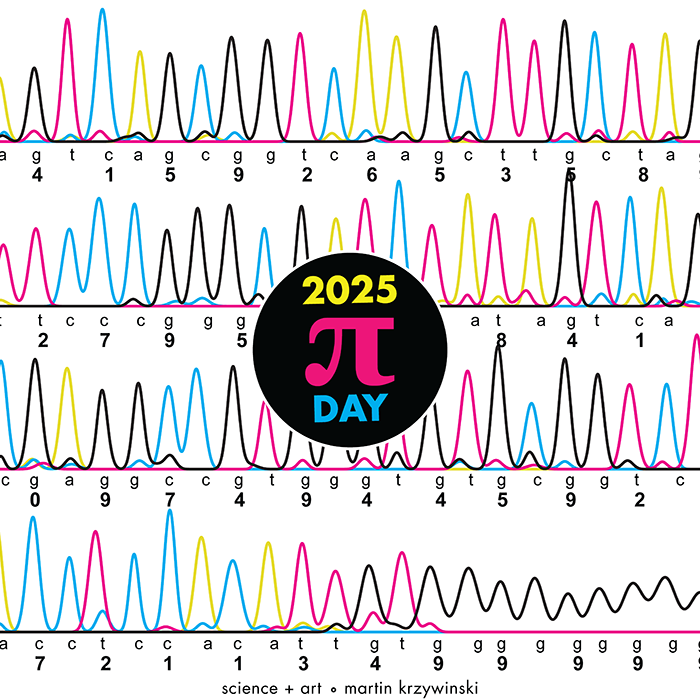VIZBI 2012
Visualization Principles Tutorial
This tutorial took place on Monday Mar 5th 2012 at VIZBI 2012 in Heidelberg Germany.
Introduction
Jessie Kennedy · We will present fundamental principles of graphic design and visual communication that will help you create more effective interactive and print visualizations. You will learn how the purposeful use of salience, color, consistency and layout can help communicate large data sets and complex ideas with greater immediacy and clarity.
Cydney Nielsen · We will illustrate how these principles were implemented in ABySS-Explorer to visualize genome assemblies, an example to show you ways to apply design ideas to your own project.
Martin Krzywinski · At the end of the tutorial, you will apply what you have learned in an interactive group session in which you will design a figure illustrating a biological process.
Agenda
Download agenda + participant list
| 9:30 – 10:15 | 45 min | Jessie Kennedy Principles |
| 10:15 – 10:25 | 10 min | break |
| 10:25 – 11:10 | 45 min | Cydney Nielsen Design Process |
| 11:10 – 11:20 | 10 min | form teams + select figure to critique |
| 11:20 – 11:30 | 10 min | break |
| 11:30 – 12:00 | 30 min | Martin Krzywinski Practical — Breakout session download papers |
| 12:00 – 13:00 | 60 min | team presentations Interactive suggested solutions |
It is not necessary to read the paper from which your figure was selected. I have included the papers only if you are interested in learning about the figure's context.
Visualization and Design Resources
Effect of resolution on sequence visualization
Principles of effective color selection
Designing effective visualizations in the biological sciences (PSA Genomics Workshop, Seattle, 12 July 2011)
Circos and Hive Plots: Challenging visualization paradigms in genomics and network analysis (PSA Genomics Workshop, Seattle, 12 July 2011)
Designing effective visualizations in the biological sciences (Genome Sciences Center bioinformatics seminar, 26 August 2011)
Drawing Data: Creaing information-rich, informative and appealing figures for publication and presentation (BCCA workshop, 8 Jun 2011)
Behind a great figure is a design principle (BCB Spring Seminar, Iowa State, 27 Feb 2012)
Visualizing Quantitative Information (Genome Sciences Center bioinformatics seminar)
Blast from the past
Beyond Belief Campaign BRCA Art
Fuelled by philanthropy, findings into the workings of BRCA1 and BRCA2 genes have led to groundbreaking research and lifesaving innovations to care for families facing cancer.
This set of 100 one-of-a-kind prints explore the structure of these genes. Each artwork is unique — if you put them all together, you get the full sequence of the BRCA1 and BRCA2 proteins.
Propensity score weighting
The needs of the many outweigh the needs of the few. —Mr. Spock (Star Trek II)
This month, we explore a related and powerful technique to address bias: propensity score weighting (PSW), which applies weights to each subject instead of matching (or discarding) them.

Kurz, C.F., Krzywinski, M. & Altman, N. (2025) Points of significance: Propensity score weighting. Nat. Methods 22:1–3.
Happy 2025 π Day—
TTCAGT: a sequence of digits
Celebrate π Day (March 14th) and sequence digits like its 1999. Let's call some peaks.

Crafting 10 Years of Statistics Explanations: Points of Significance
I don’t have good luck in the match points. —Rafael Nadal, Spanish tennis player
Points of Significance is an ongoing series of short articles about statistics in Nature Methods that started in 2013. Its aim is to provide clear explanations of essential concepts in statistics for a nonspecialist audience. The articles favor heuristic explanations and make extensive use of simulated examples and graphical explanations, while maintaining mathematical rigor.
Topics range from basic, but often misunderstood, such as uncertainty and P-values, to relatively advanced, but often neglected, such as the error-in-variables problem and the curse of dimensionality. More recent articles have focused on timely topics such as modeling of epidemics, machine learning, and neural networks.
In this article, we discuss the evolution of topics and details behind some of the story arcs, our approach to crafting statistical explanations and narratives, and our use of figures and numerical simulations as props for building understanding.

Altman, N. & Krzywinski, M. (2025) Crafting 10 Years of Statistics Explanations: Points of Significance. Annual Review of Statistics and Its Application 12:69–87.
